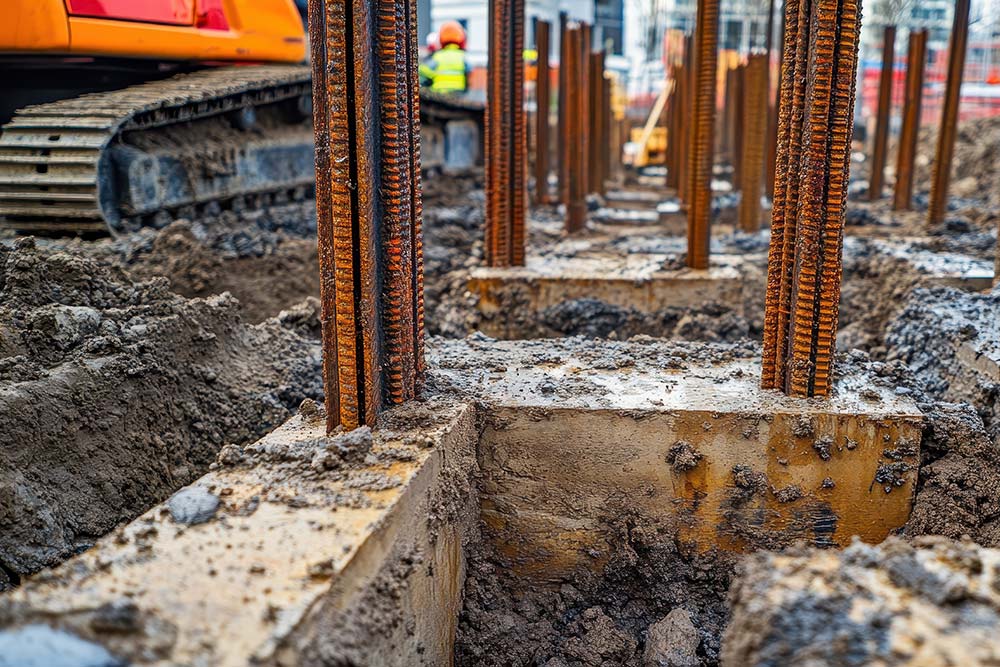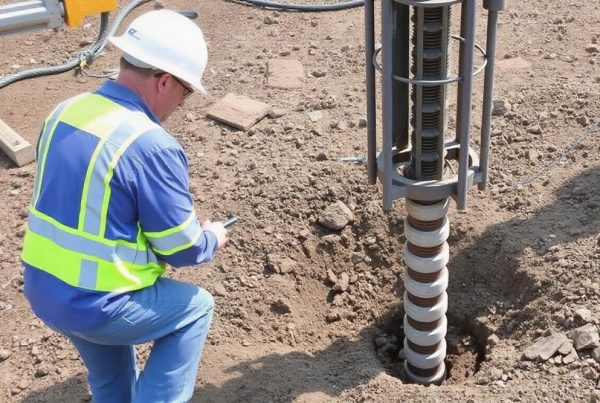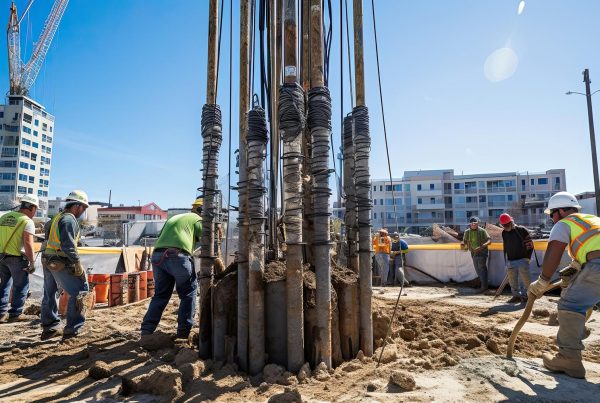Driven piles are an essential foundation element in many construction projects, especially in areas with challenging soil conditions. Selecting the appropriate type of driven pile is crucial to ensure the stability and longevity of a structure. Various factors, including geotechnical considerations, environmental impact, and specific site conditions, play a role in determining the right pile type for each project. In regions like Congo, where diverse soil types and unique environmental challenges are present, a careful evaluation of these factors is necessary for successful pile installation. This article explores the key factors influencing driven pile selection in construction projects.
1. Soil Conditions
The type and characteristics of soil at the construction site are primary factors in driven pile selection. Soil properties such as density, cohesiveness, and bearing capacity determine how well the ground can support the pile and, consequently, the structure above. In regions like Congo, where soil types can range from clay-rich layers to sandy or rocky terrains, assessing the soil profile is essential to choose the appropriate pile type.
Considerations for Soil Conditions:
- Dense, cohesive soils may require different pile types compared to loose, granular soils.
- Pile types such as end-bearing piles are suitable for rock or dense soil layers, while friction piles work well in softer soils.
- Soil testing and analysis, including borehole sampling, help determine the best pile type and length.
2. Groundwater Levels
Groundwater levels at the construction site can significantly influence the choice of driven pile. High groundwater levels may require the use of specialized piles and materials that can resist corrosion and water damage. In Congo, where some areas experience high water tables, selecting a pile that withstands wet conditions is crucial to prevent deterioration and ensure structural integrity over time.
Considerations for High Groundwater:
- Use corrosion-resistant materials such as treated steel or concrete piles for high groundwater areas.
- Consider closed-ended piles to prevent water ingress and soil displacement.
- Regularly monitor groundwater levels, especially in areas with seasonal fluctuations.
3. Load Requirements
The weight and type of structure to be supported determine the load requirements for the driven piles. Heavy structures like bridges or multi-story buildings require piles with higher load-bearing capacities compared to lighter buildings. In Congo’s growing urban areas, where high-rise buildings and infrastructure projects are on the rise, choosing the right driven pile type based on load requirements is essential for ensuring safety and stability.
Considerations for Load Requirements:
- For heavy loads, piles such as steel H-piles or reinforced concrete piles may be preferred.
- For lighter structures, timber piles or smaller concrete piles may be sufficient.
- Load tests on test piles can help confirm that the chosen pile type meets the project’s load-bearing needs.
4. Environmental Impact
Minimizing environmental impact is increasingly important in construction projects, and driven pile selection can play a role in this effort. The installation process of certain pile types may produce noise and vibration, potentially affecting nearby communities or ecosystems. In Congo, where construction often intersects with ecologically sensitive areas, considering the environmental impact of driven pile installation is essential for sustainable building practices.
Considerations for Environmental Impact:
- Use vibration-reducing methods or pile types in urban or environmentally sensitive areas.
- Select pile materials that have low environmental impact, such as sustainably sourced timber piles.
- Consult with environmental specialists to assess potential impacts on local ecosystems.
5. Site Accessibility and Equipment Availability
The accessibility of the construction site and the availability of necessary equipment are also important factors in driven pile selection. Remote or difficult-to-reach areas may limit the types of equipment that can be used for pile installation. In certain regions of Congo, transportation and accessibility challenges make it essential to choose pile types and equipment that are feasible given the site conditions.
Considerations for Site Accessibility:
- For remote sites, select pile types that require minimal specialized equipment.
- Consider modular pile designs that can be transported in smaller sections and assembled on-site.
- Plan for logistical challenges related to moving heavy machinery and materials to the site.
Conclusion
Choosing the right type of driven pile for a construction project involves a detailed analysis of various factors, including soil conditions, groundwater levels, load requirements, environmental impact, and site accessibility. In regions like Congo, where unique environmental and logistical challenges exist, selecting the appropriate driven pile is essential for a stable and successful project. By carefully considering these factors and consulting with geotechnical experts, construction professionals can ensure that their projects are built on solid, reliable foundations.






